Pollinators
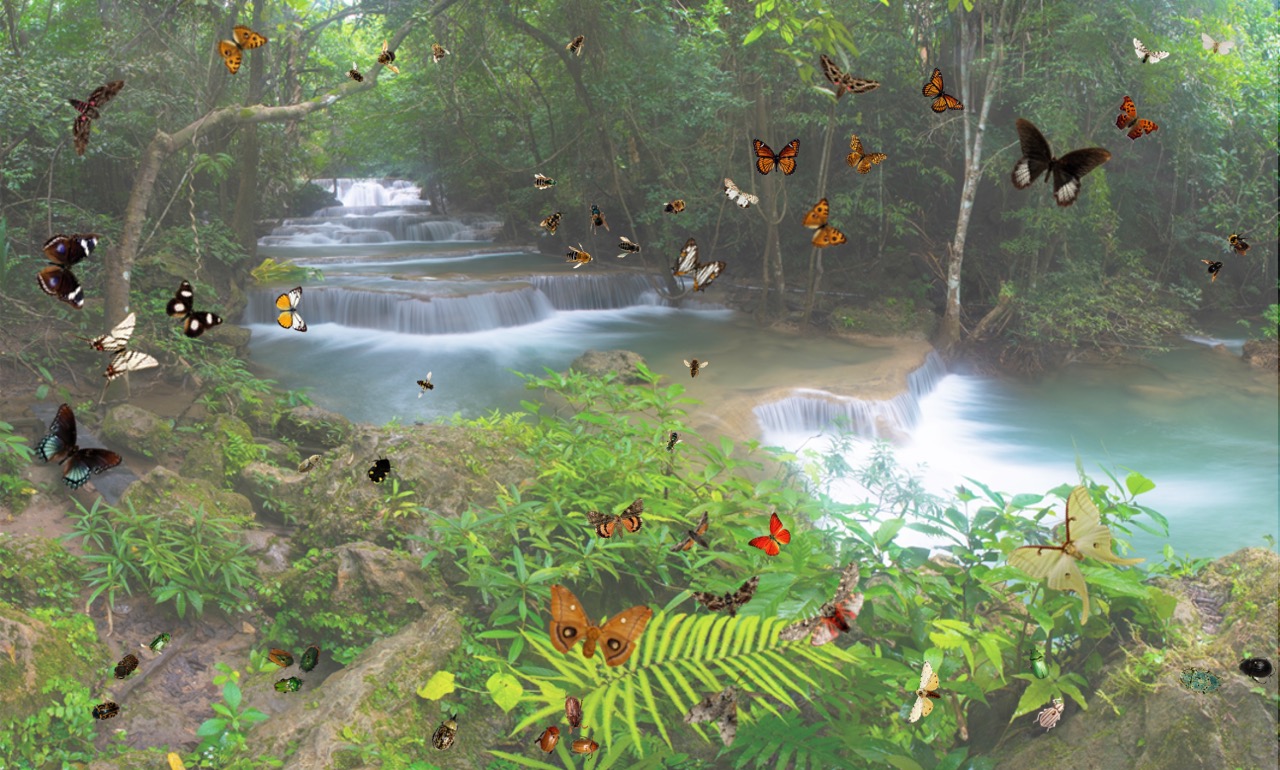
There are many kinds of insects that are able to successfully pollinate plants. Some are specialized pollinators, like many native bees and some moths, but some can pollinate almost by accident, as is the case for many beetles.
For more information about pollinators and pollination, take a look at the information that graduate student Alyssa DeWaele put together on this website.
Bees
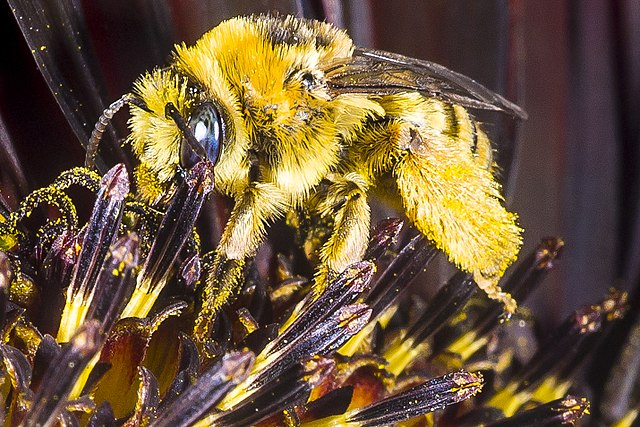 Bees are specialized pollinators of many different plants. There are nearly 4,000
species of bees in the United States. They come in different sizes and colors. Bees
are able to carry pollen on them because their legs, and often other parts of their
bodies, are covered with hairs.
Bees are specialized pollinators of many different plants. There are nearly 4,000
species of bees in the United States. They come in different sizes and colors. Bees
are able to carry pollen on them because their legs, and often other parts of their
bodies, are covered with hairs.
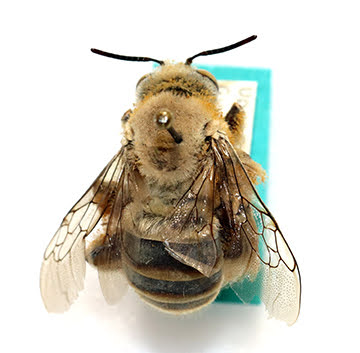
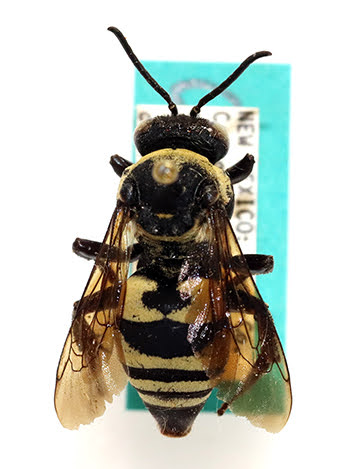
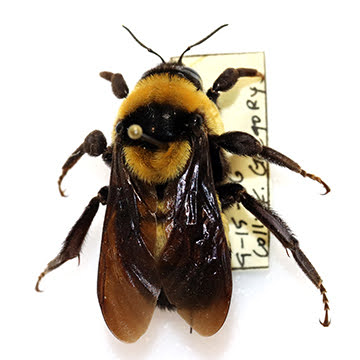
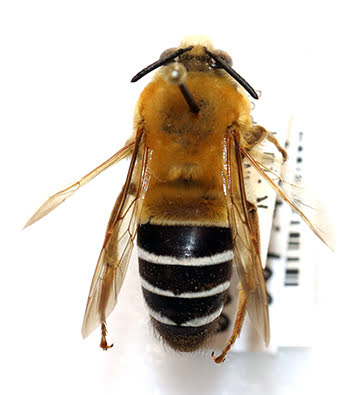
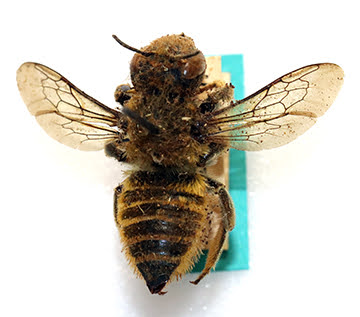
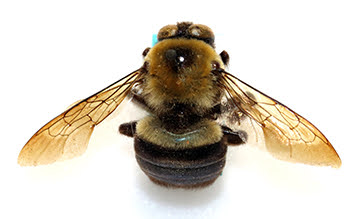
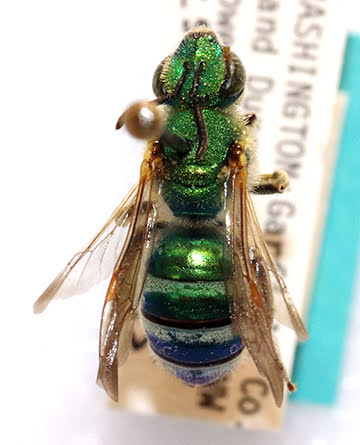
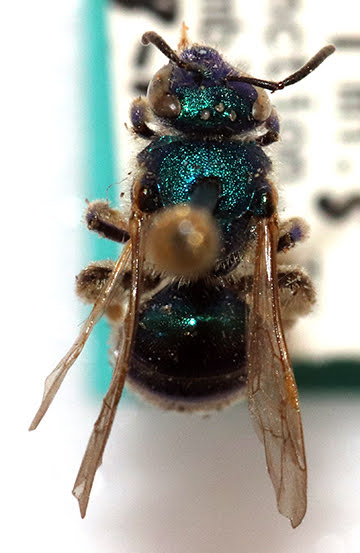
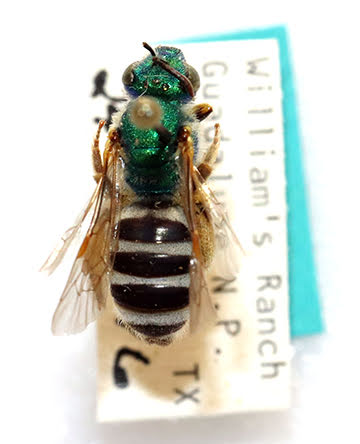
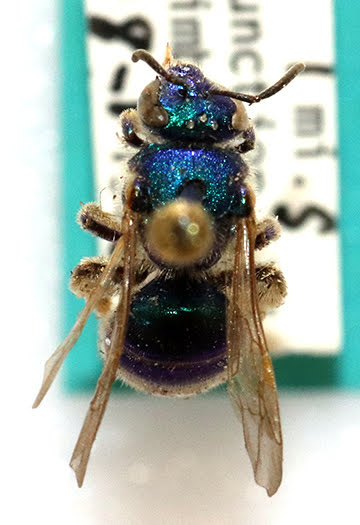
Some of the bee families represented here are Apidae, Megachilidae, and Halictidae.
Butterflies and Moths
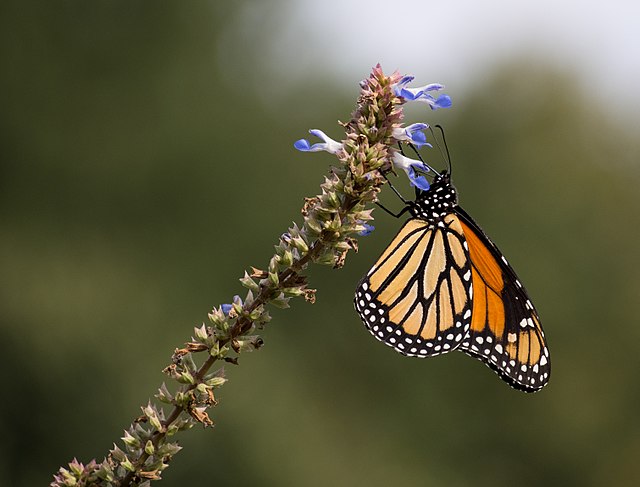
These insects have long tongues that allow them to reach inside flowers to find nectar. As they fly from flower to flower searching for nectar, they transport pollen on their bodies, pollinating plants.
Butterflies are commonly seen during the day, as they are attracted to brightly colored flowers.
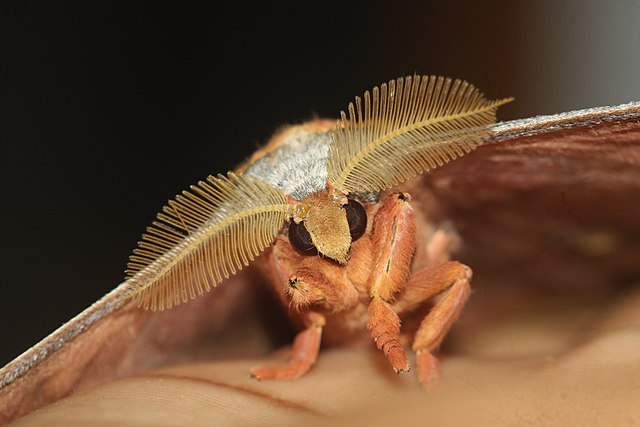
Moths are active at night and they use their specialized antennae to perceive flower scents.
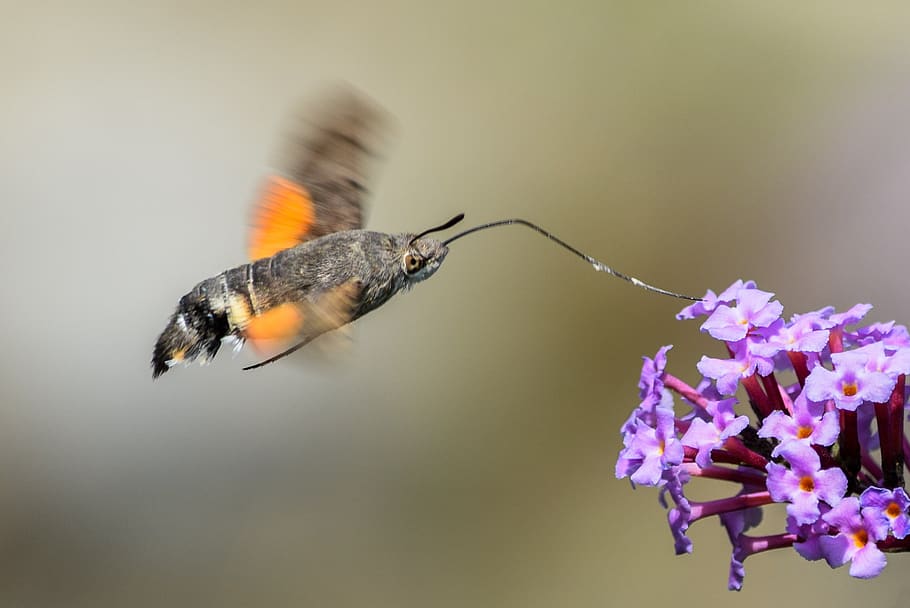
Some moths have very long tongues to reach the nectar hidden in long flowers.
In the exhibit we included both butterflies and moths from different places around the world.
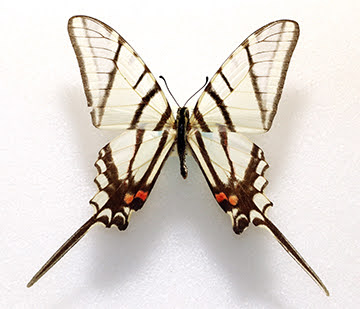
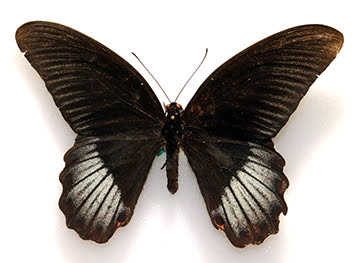
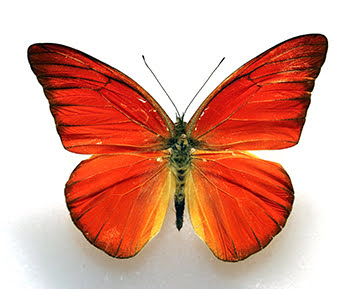
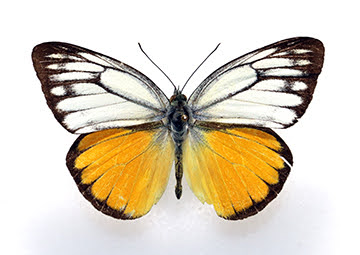
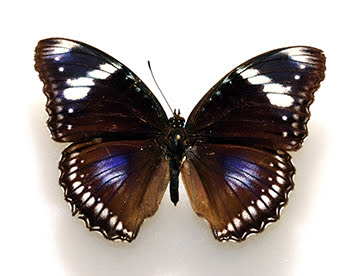
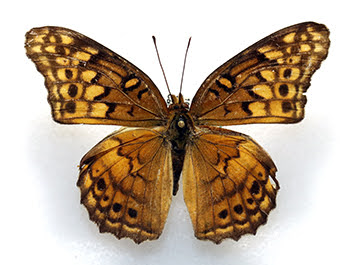
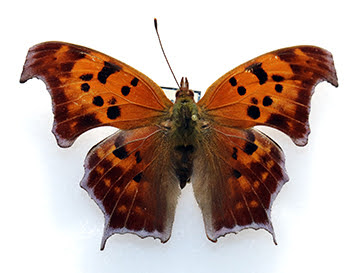
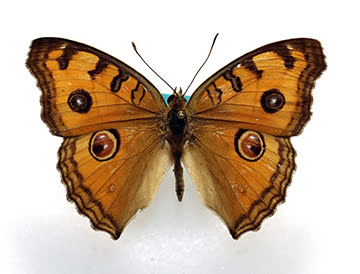
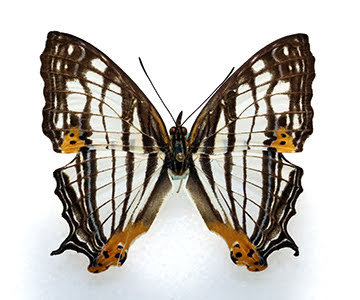
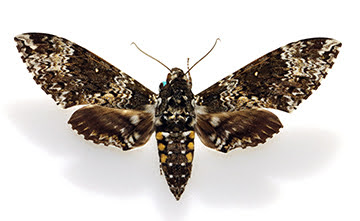
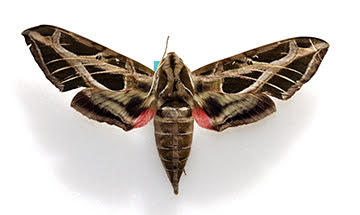
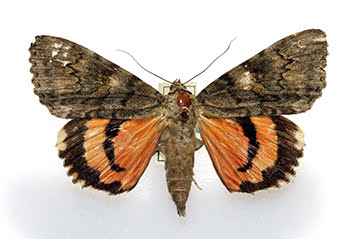
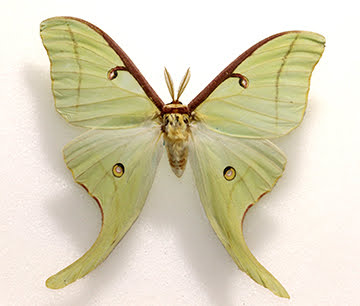
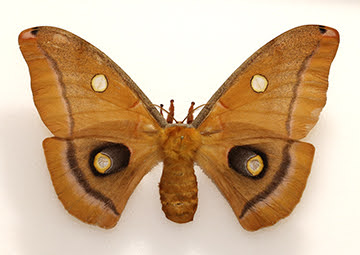
Some of the families of butterflies and moths included in the insect display are Papilionidae, Pieridae, Nymphalidae, Sphingidae, Noctuidae, and Saturniidae.
Flies
Some flies are able to transport pollen, especially those known as hover flies, which belong in the family Syrphidae.
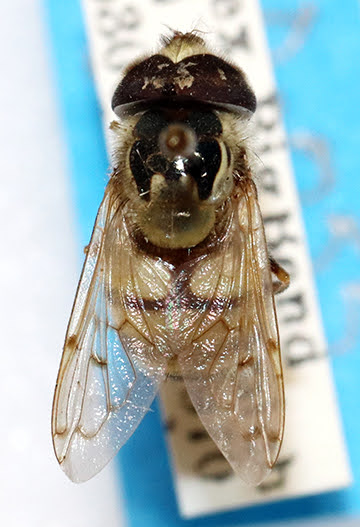
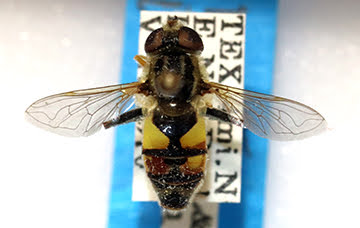
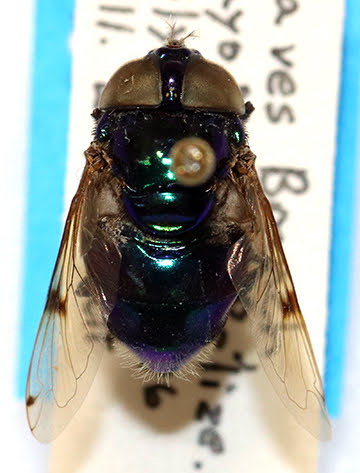
Beetles
Beetles compose the largest group of living beings on Earth. There are some beetles that pollinate plants by accident, because they feed on pollen, but they are not specially equipped for this task.
Here we have a sample of beetles known as "flower chafers" in the family Scarabaeidae.
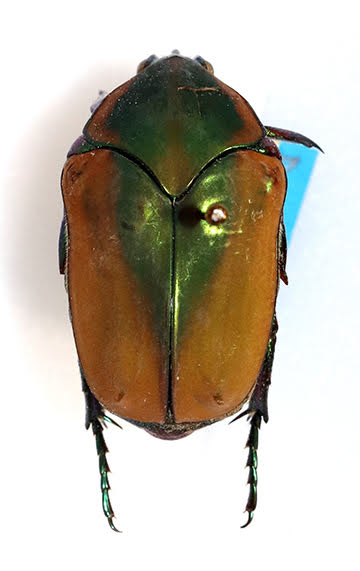
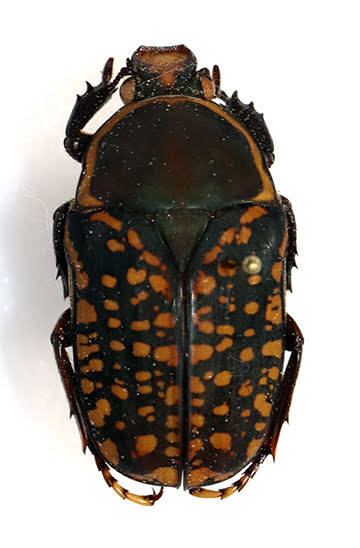
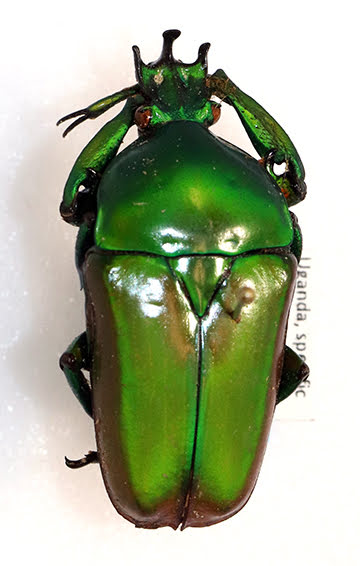
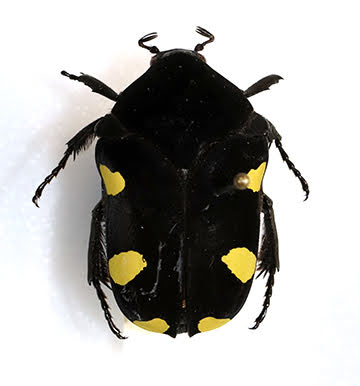
Other beetle pollinators inculde soldier beetles (family Cantharidae), checkered beetles (family Cleridae), some longhorn beetles (family Cerambycidae), and some weevils (family Curculionidae).
Natural Science Research Laboratory
-
Address
Museum of Texas Tech University, 3301 4th street, Lubbock, TX 79409 -
Phone
806.742.2486 -
Email
nsrl.museum@ttu.edu
